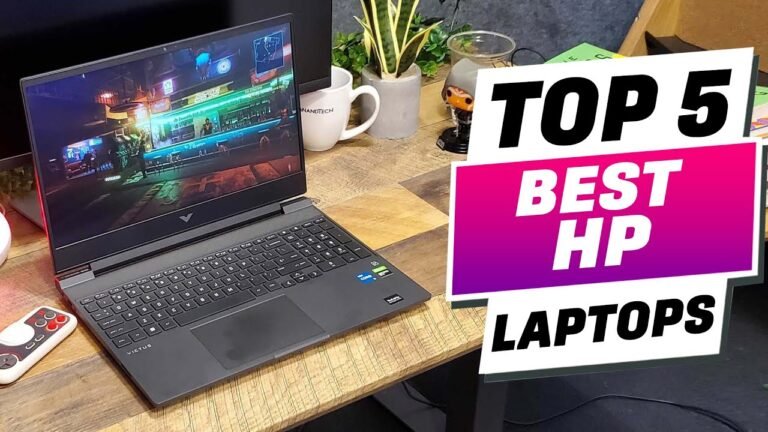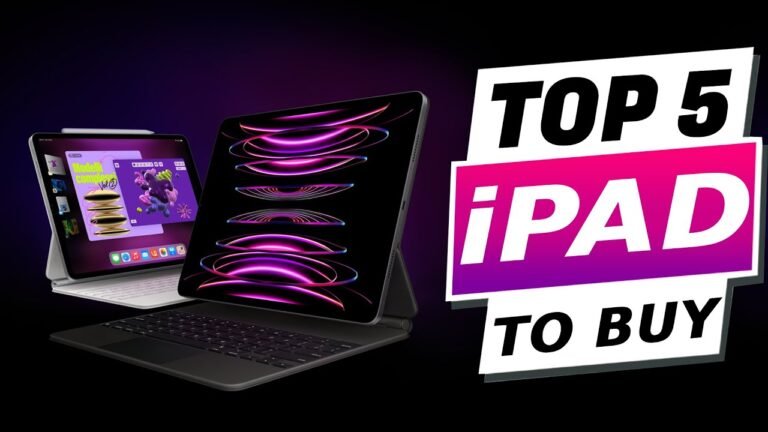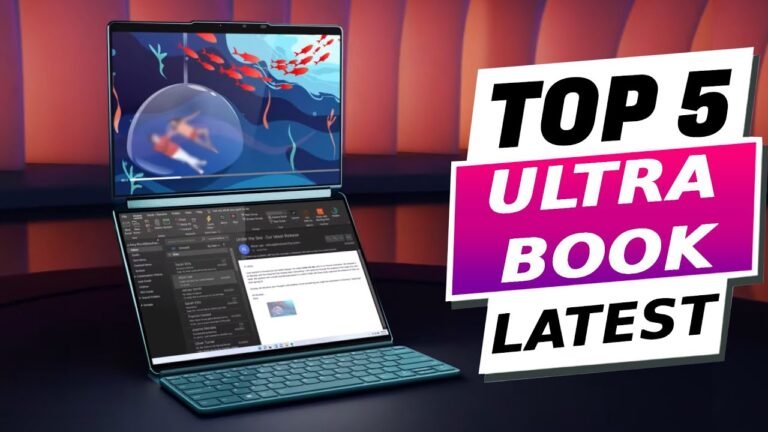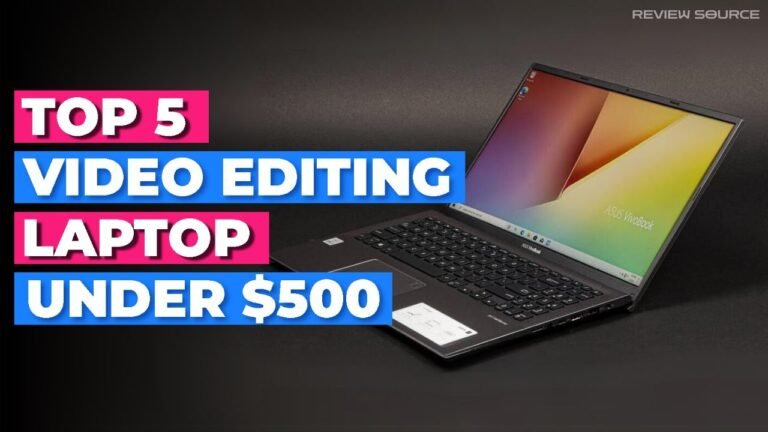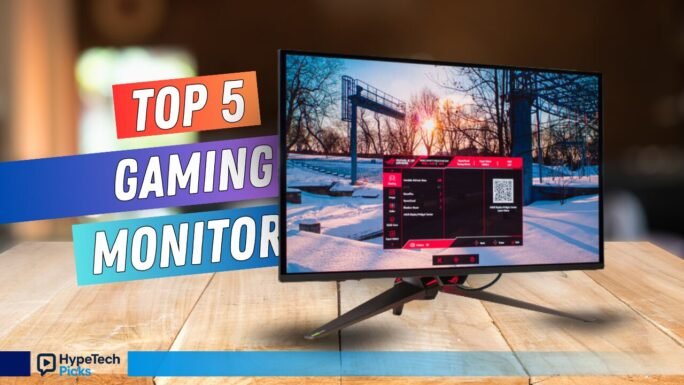Top 5 Best Mini PCs for 3D Rendering in 2025
Let’s face it—no one wants a bulky tower eating up desk space, especially when you’re deep into sculpting a high-poly model or fine-tuning a 3D render. This year’s lineup of mini PCs proves you don’t need size to bring serious firepower to your workflow.
Here are the Top 5 Mini PCs for 3D Rendering in 2025—each one a compact beast built to handle rendering, simulation, and design without compromise.
Table of Contents
Top 5 Mini PCs for 3D Rendering in 2025
1. Apple Mac Studio (M2 Ultra)
For macOS power users who want top-tier performance in a clean, compact form.
The Mac Studio with Apple’s M2 Ultra chip is a monster in a minimalist shell. Clocking in at just 3.7 inches tall, it’s packing up to a 24-core CPU, 76-core GPU, and 192GB of unified memory. Whether you’re using Blender, Cinema4D, or Final Cut Pro, this thing doesn’t flinch.
Apple’s Metal API gives it a huge edge in macOS-native apps, and you can hook up to eight 4K displays for serious screen real estate. It’s whisper-quiet even when hammering out 8K renders, though you’ll be locked into the Apple ecosystem—and don’t expect to swap out the GPU.
Pros:
- M2 Ultra’s 76-core GPU crushes rendering tasks
- Runs nearly silent under heavy load
- Seamless integration with macOS creative tools
- Sleek, compact design
Cons:
- Not upgradeable (no GPU swaps)
- macOS limits compatibility with some 3D apps
2. Minisforum Neptune HX100G
A Windows powerhouse that punches above its weight.
Don’t let the name fool you—this thing is a brute. With an Intel Core i7-13700H and an NVIDIA RTX 4060 GPU, the HX100G is built for creators who need CUDA cores and speed. 32GB DDR5 RAM, 1TB NVMe SSD, and DLSS 3 support means it flies through real-time rendering in Maya, Blender, and Unreal.
You get Thunderbolt 4 for eGPU expansion, dual NVMe slots, and front-facing USB-C for fast data offloads. The dual-fan cooling system keeps it from overheating, but yeah—it gets loud under pressure.
Pros:
- RTX 4060 with 8GB VRAM = smooth GPU rendering
- Expandable storage and Thunderbolt 4
- Handles large textures and simulations with ease
Cons:
- Plastic chassis feels cheap
- Fan noise ramps up during intense use
3. ASUS ROG NUC 970
Desktop-grade power in a stealthy 8.5-inch form.
ASUS managed to cram an Intel i9-13900K and an RTX 4070 into a mini PC that fits in your backpack. That’s borderline sorcery. With 32GB DDR5, a 1TB Gen4 SSD, and Wi-Fi 6E, this rig demolishes Unreal Engine scenes, 4K comping, and OptiX-based rendering.
It’s overclockable, supports four displays, and includes 2.5Gb Ethernet for fast network rendering. The RGB accents give it gamer flair, but make no mistake—this is a pro workstation first. Just be ready for some fan noise when it’s pushing pixels hard.
Pros:
- RTX 4070’s 12GB VRAM tackles demanding scenes
- Overclock-ready CPU
- Excellent connectivity for multi-monitor and network setups
Cons:
- Pricey
- Noticeable fan noise under load
4. Minisforum UM790 Pro
Affordable CPU muscle with room to grow.
This Ryzen 9 7900-powered mini PC has 12 cores and a Radeon 780M integrated GPU—solid for modeling, basic animation, or sculpting in ZBrush. But the real magic is its Thunderbolt 4 port, which opens the door to eGPU upgrades. Plug in an RTX 4090, and now you’re in business for GPU-heavy tasks.
It’s super quiet, has up to 64GB DDR5 RAM, and dual NVMe slots for fast storage. Not a solo rendering champ, but an ideal node for distributed rendering or a flexible workstation for creators on a budget.
Pros:
- Cost-effective 12-core CPU
- Thunderbolt 4 = eGPU-ready
- High RAM ceiling for big scenes
Cons:
- iGPU isn’t cut out for ray tracing
- Needs an eGPU to handle high-end rendering
5. Beelink SER9
A budget-friendly contender for mobile CAD and secondary rendering nodes.
The SER9 shares the same Ryzen 9 7900 and Radeon 780M combo as the UM790 Pro, but it’s even more affordable. It ships with 32GB DDR5 and a 1TB SSD, making it great for portable CAD work or as a rendering support node in a larger pipeline.
Thunderbolt 4 allows eGPU expansion, and the dual 4K output plus 2.5Gb Ethernet help keep your workflow moving. Just don’t expect solo 8K rendering—this is a team player, best used in hybrid setups.
Pros:
- Great price for Ryzen 9 performance
- Compact and discreet
- Expandable via eGPU
Cons:
- Mediocre internal cooling
- iGPU struggles with advanced rendering
Final Thoughts
Whether you’re loyal to Apple Silicon or you need CUDA and Windows flexibility, these mini PCs offer real solutions for 3D artists, motion designers, and game devs who value power without the bulk.
Last update on 2025-08-24/Affiliate links / Images from Amazon Product Advertising API







